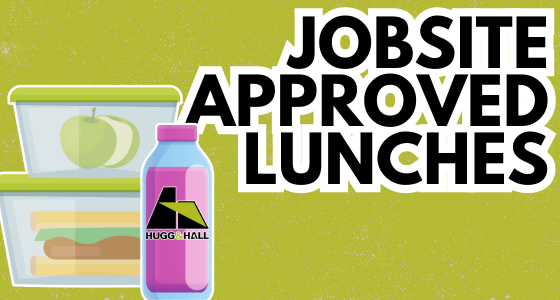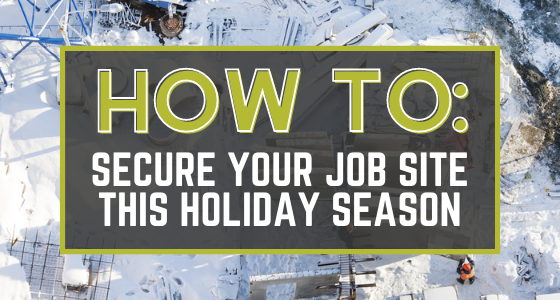
Jobsite Approved Lunches
Jobsites can be unpredictable, especially while the heat of summer is in full effect! As...

Jobsites can be unpredictable, especially while the heat of summer is in full effect! As...

It's the most wonderful time of the year—for everything except your unattended jobsite. Many construction...